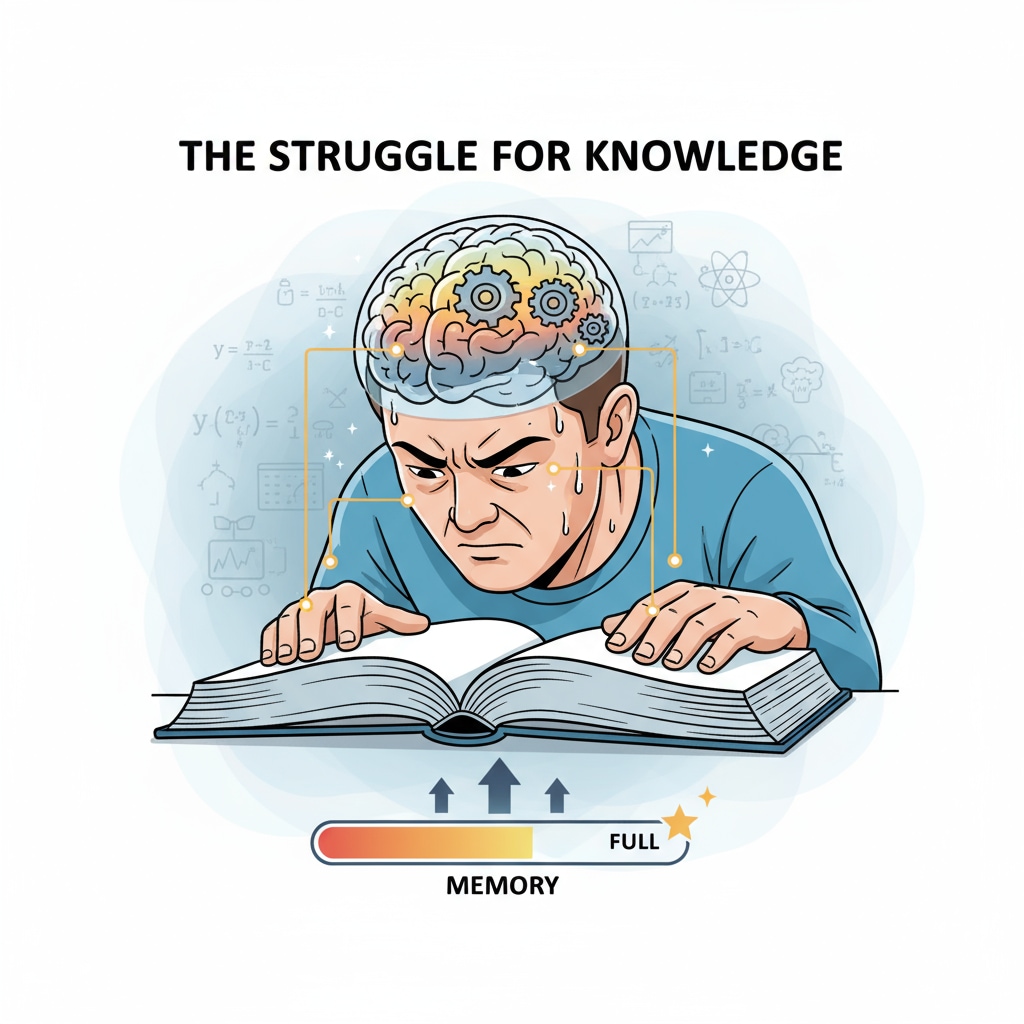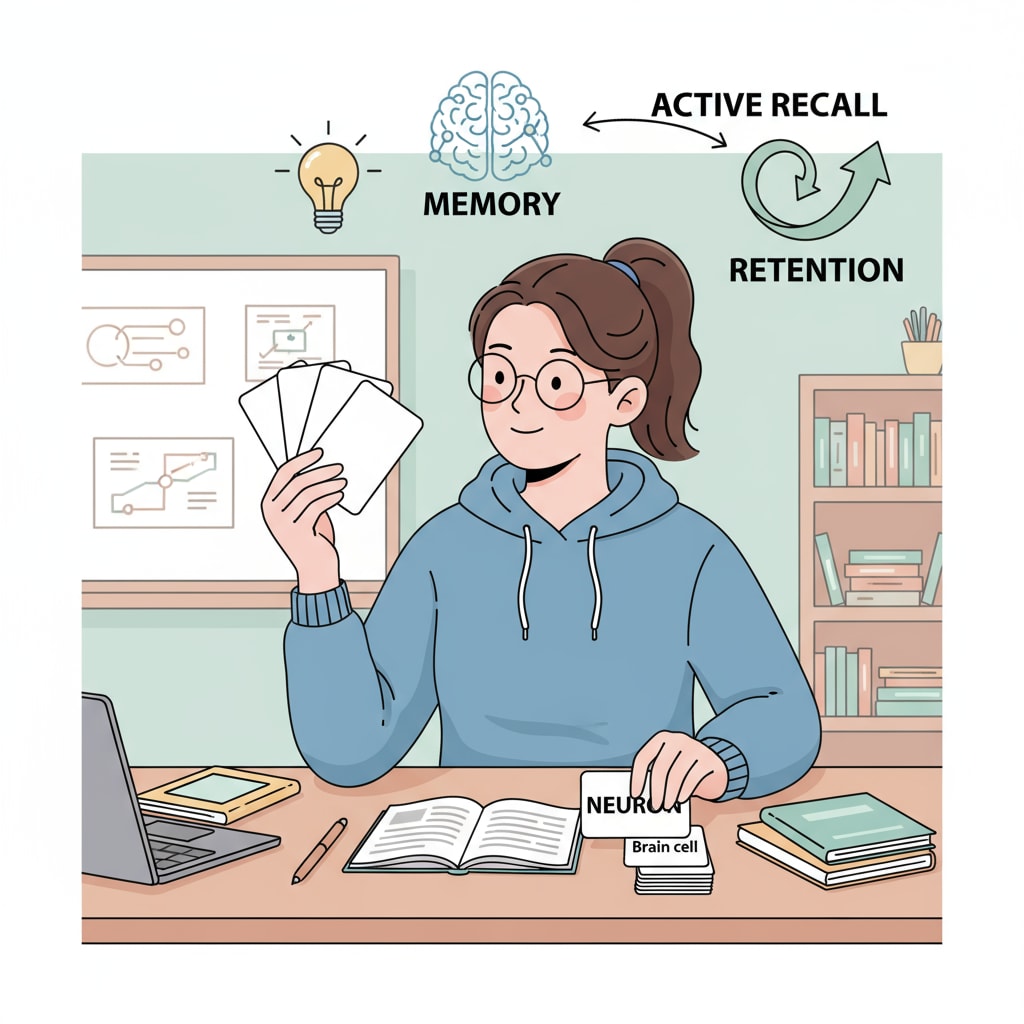Photographic memory, memory enhancement, and memory development are topics that have intrigued humans for centuries. The idea of having a “photographic memory”, where one can recall every detail of an image or event with perfect clarity, seems like something out of a superhuman ability. However, the reality is more complex. In this article, we will explore the scientific basis behind photographic memory, the potential for ordinary individuals to boost their memory, and specific strategies for K12 students to develop their memory skills.
The Concept of Photographic Memory
Photographic memory, also known as eidetic memory, is often portrayed in popular culture as an extraordinary ability. People with this supposed ability are thought to be able to look at a page of text, a scene, or an object and then recall it in vivid detail as if they were looking at a photograph. But according to Wikipedia’s entry on eidetic memory, true eidetic memory is extremely rare in adults. In fact, most cases reported in children also fade away as they grow older.

Memory Enhancement for Ordinary People
While the idea of true photographic memory might be a stretch for most, there is good news. Memory enhancement is indeed possible for ordinary individuals. Through various techniques and practices, we can improve our memory capacity. For example, mnemonic devices are powerful tools. These are memory aids that help us associate new information with something we already know. Another effective method is repetition. By repeating information multiple times, we can move it from short-term to long-term memory, as explained in Britannica’s article on memory.

Furthermore, maintaining a healthy lifestyle also plays a crucial role in memory enhancement. A balanced diet, regular exercise, and sufficient sleep all contribute to better brain function, which in turn can improve our memory.
Memory Development for K12 Students
K12 students are at a crucial stage of memory development. Teachers and parents can play important roles in helping them. One effective strategy is to encourage active learning. Instead of passively reading or listening, students should engage in activities like discussions, projects, and hands-on experiments. This way, they are more likely to remember the information.
Another approach is to create a structured study environment. Having a set routine for studying, organizing study materials, and setting clear goals can all enhance memory. Additionally, teaching students how to take effective notes and summarize information can also improve their memory retention.
Readability guidance: In this article, we’ve explored different aspects of memory, from the elusive concept of photographic memory to practical ways of memory enhancement and development. By understanding these concepts, we can all take steps to improve our memory abilities, especially K12 students who are in a prime stage of cognitive development. Through various methods like mnemonic devices, repetition, and a healthy lifestyle, we can unlock the potential of our memories.


